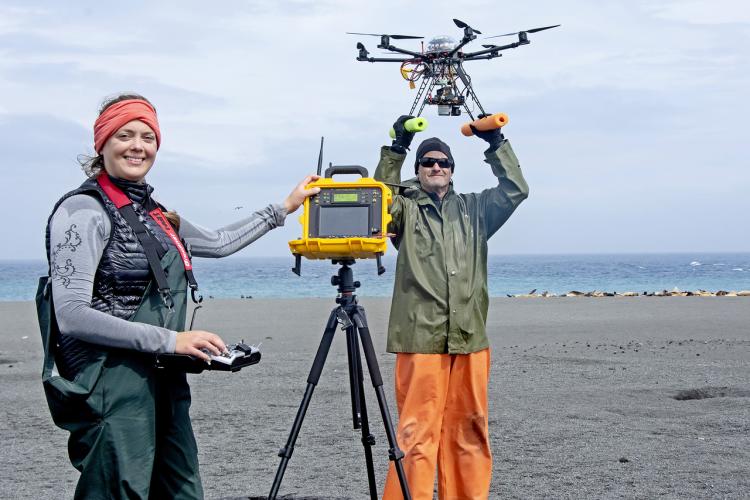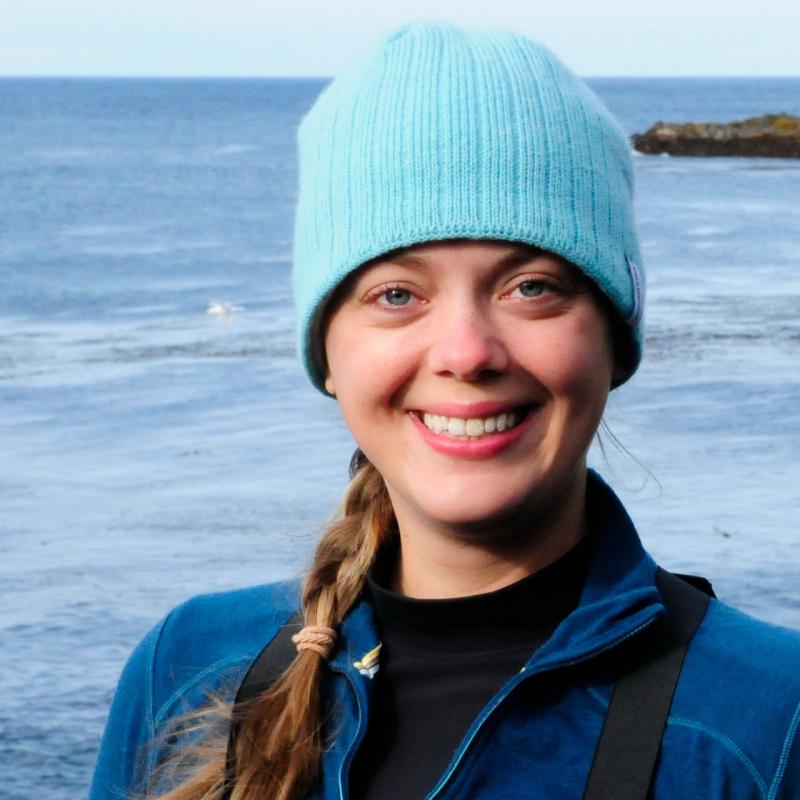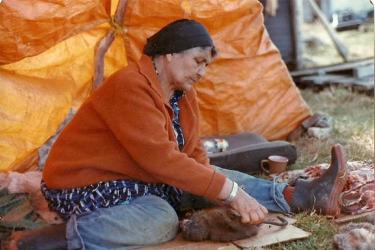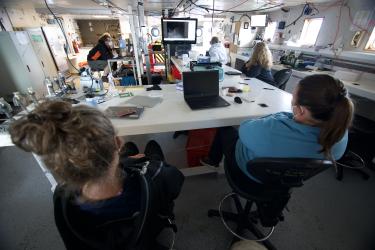
Catching a UAS Drone.
We were able to test two different camera systems on Bogoslof and St. George Island in the Pribilofs: standard color-image cameras and infrared cameras (detect an object based on the amount of heat it generates). We are also hoping to field test multi-spectral cameras (detect an object based on the amount of light it reflects) in the near future and did some studies to figure out how to best do this.
By looking through collected imagery captured with different cameras, we can identify and count the number of fur seals present. It’s exciting because we are hoping to compare these counts from aerial images with the pup counts conducted on the ground by scientists to ground truth with what we have been doing for years.

For our Steller sea lion work, we have used a crowdsourcing platform, StellerWatch (hosted by Zooinverse) to help us review the millions of images we collect from remote cameras based at several sites in the Aleutian Islands. Crowdsourcing engages members of the public in the scientific process. StellerWatch has been really successful. We have been able to review over 400,000 images. But we know we still need more help.

To teach the computer, we provide it with a test set of images that we have pre-screened and identified all fur seals. We have taken these steps for analyzing Steller sea lion images from aerial surveys, and soon, we’ll have to do the same for fur seals. This will help the computer learn how to identify them for us.
Our work on the island involved capturing images of all the animals on the island with a color camera. We also had a chance to test out the infrared camera on St. George in the Pribilofs.
Both camera systems performed really well. But weather challenges limited our ability to get enough flights this trip to make equivalent comparisons between the human estimates and different methods with the UAS systems.

Aerial Image of Northern Fur Seal on Bogoslof Island.



